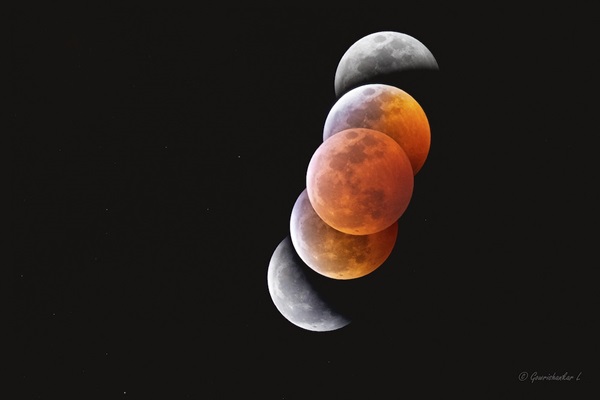Total eclipses of the Moon are fun. During one of these events, the entire Moon passes through Earth’s umbra, the innermost and darkest part of its shadow.
A total lunar eclipse generally lasts for hours, requires no equipment to see, and is completely safe to look at — no filter required. There’s no blinding Sun in the sky; all we’re watching is Earth’s shadow fall across Luna’s face. And on the morning of Wednesday, May 26, many observers on our planet’s night side will see that happen.
The most recent total lunar eclipse occurred Jan. 21, 2019. The last one visible in the continental U.S. happened July 27, 2018. Since then, amateur astronomers have been counting the days for the Sun, Earth, and the Moon (in that order) to line up once again.
More: astronomy.com/news/2021/05/watch-the-moon-turn-red-during-this-months-total-lunar-eclipse
